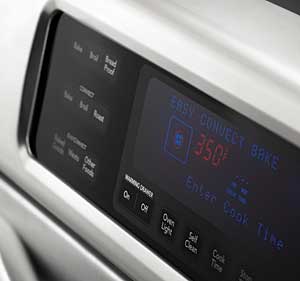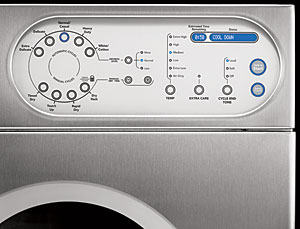Universal Design Solutions: Integrating Innovative Products and Spatial Design
From Accessibility to Universal Design
It's estimated that nearly 50 million people in the United States have at least one disability that affects their everyday life. Is there a civil right for a barrier-free environment in this country' Yes, Congress thinks so, and in 1990 adopted the American Disabilities Act, which is the first truly anti-discrimination act against persons with disabilities in this country. However, Barrier-free activists had made great inroads three decades earlier with the publication by the American National Standards Institute of the first codes and standards: A117.1-Making Buildings and Facilities Accessible to and Usable by People with Disabilities. It stated that for a building to comply and be usable, it had to have "a reasonable number but always at least one" of the features it described, i.e., one accessible door, one accessible toilet room, etc. A117.1 provided some relief for handicapped persons however, it was just a minimal beginning effort in that most of the regulations and codes that adopted the standard have never mandated truly accessible or barrier-free building and facilities, but rather only parts and pieces of buildings were required to be accessible.
Under A117.1 only certain building types are required to comply-just government owned buildings or federally funded projects. Subsequent standards included minimum specifications for accessible features in houses such as kitchen sinks, bathtubs, toilets, etc. However, these specifications were adopted and mandated in most localities only for applications in multifamily housing programs, such as publicly or managed apartment buildings.
 |
| Easy to actuate forward facing glass-touch controls with placement of function that is similar from appliance to appliance in the kitchen address ergonomics, readibility, and congitive usability in the kitchen space. |
Section 504 of The Rehabilitation Act of 1973 mandated that 5 percent of the apartments must be wheelchair accessible in programs receiving federal financial assistance. An additional 2 percent had to be equipped for visually impaired and blind residents and another 2 percent for hard-of-hearing and deaf tenants. Therefore, the 1973 legislation only affected selected features in a small number of rental apartment in publicly assisted housing projects.
The Fair Housing Amendments Act (THAA) of 1988 established a special and different accessibility standard for rental multifamily housing, which mandates a lower level of accessibility but covers a great number of apartments, including all units on ground floors and all units on floors served by elevators. The minimum level of accessibility provided is an improvement over many conventional and inaccessible apartments, but it is not sufficient for many people with disabilities and is far from being barrier-free or accessible.
 |
| At a better, more viewable height, bright displays and glass-touch controls address issues of ergonomics, readability, and cognitive usability in the laundry environment. |
In 1990 Congress passed the American Disabilities Act that guaranteed for people with disabilities equal opportunity in accommodations, commercial facilities, employment, transportation, state and local government services, and telecommunications. ADA Guidelines set rules for public buildings, but only pertain to government-funded housing.
Throughout this time, accessible design came to be identified with the use of physical devices, expensive assistive technology devices, durable medical equipment, stainless steel and chrome and awkward features such as ramps that gave houses a clinical look. Builders, owners, and the public resisted the inclusion of "barrier-free" or accessibility features as the aesthetics were usually undesirable and seemed to decrease marketability. Accessibility was more of a burden than a challenge.
Ronald Mace and his Center for Universal Design at North Carolina State University worked hard to dispel this notion. He and other proponents of universal design advocated good aesthetics, finding solutions that are "invisible." The solution: use color, scale, texture, line, and light to create spaces that have harmony, balance, and proportion. The theory was that universal design is not a new science, style, or unique in any way. It requires only an awareness of need and market and a common sense approach to making everything that is designed and produced usable by everyone to the greatest extent possible. This might involve only slight changes in simple things-the shape of an element, its placement or size, the force necessary to operate it, or the way in which the user must interact with the item.









